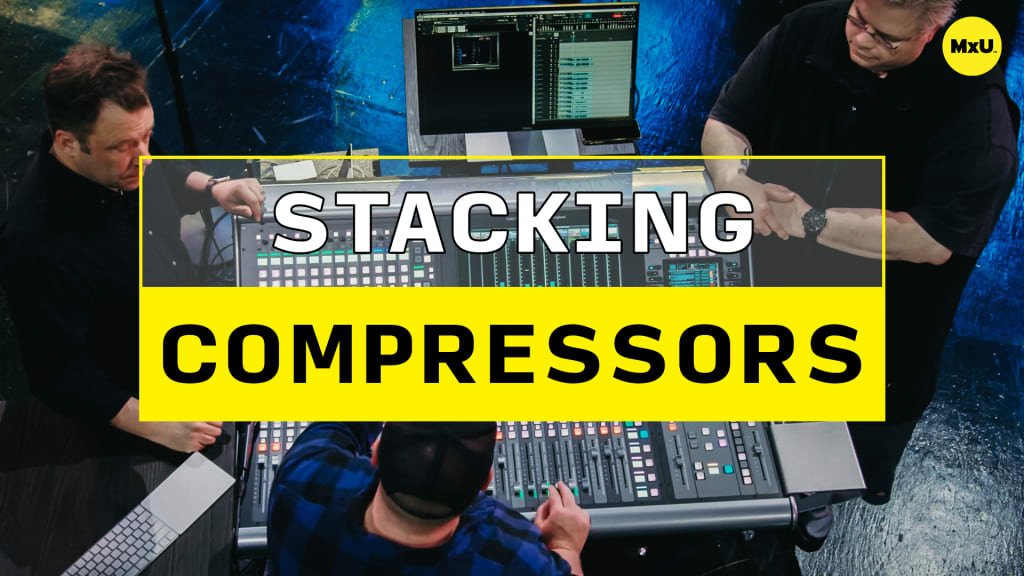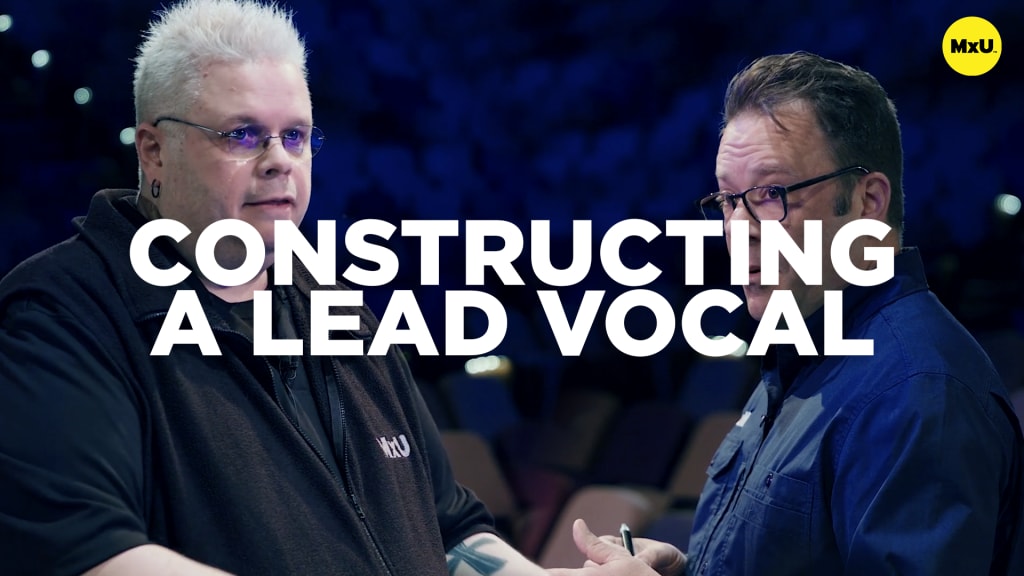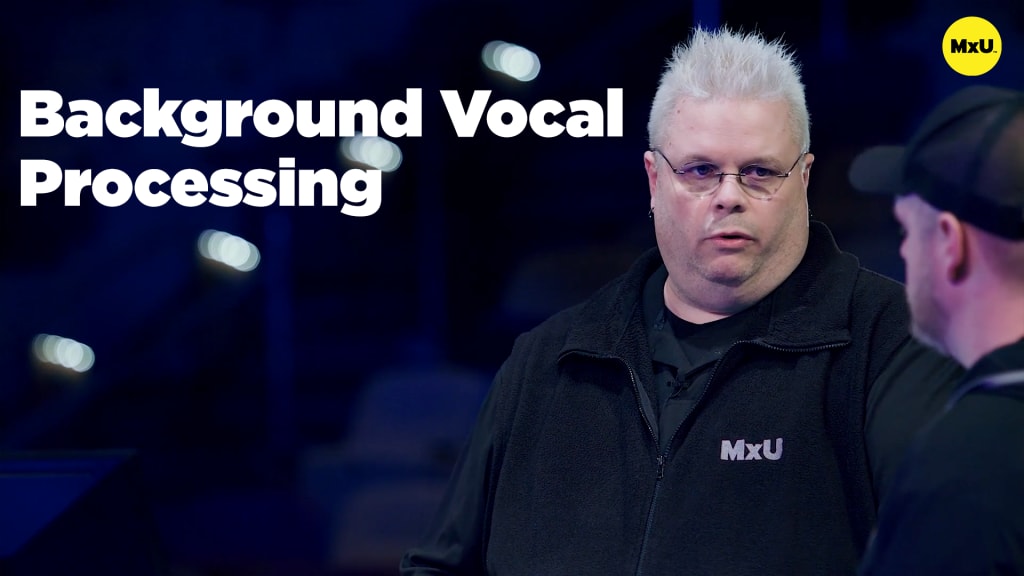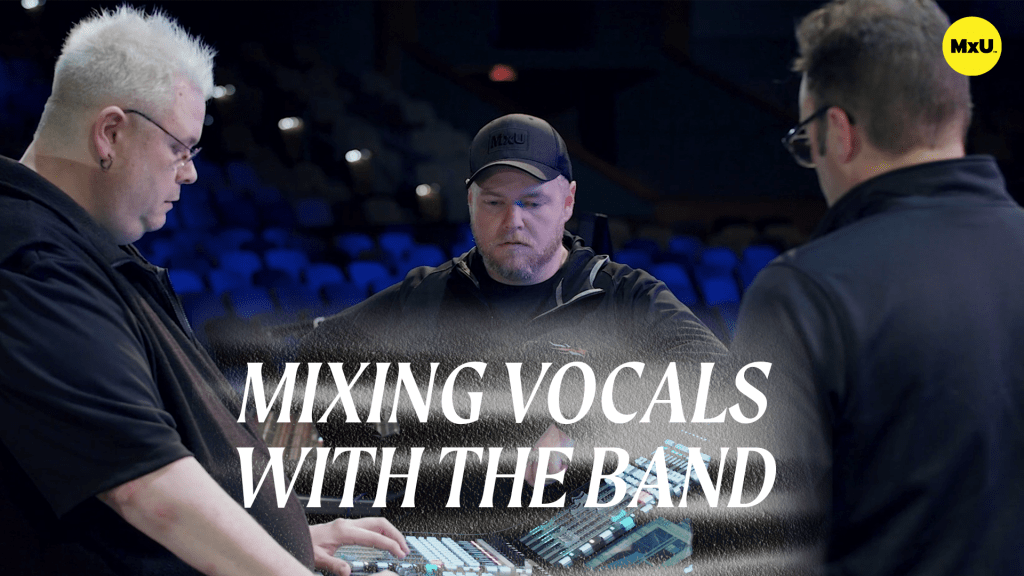Parallel Compression on Vocals
No actions available
Dive deep on using parallel compression to make vocals sound larger and more present in a live mix. The technique involves routing vocals through both a dry channel and a heavily compressed channel. Then blend them to add texture and thickness. This approach requires careful attention to phase alignment. It also requires attention to compressor settings to avoid feedback. It also ensures the vocals come forward in the mix without becoming harsh.
Key Points:
- Parallel compression is a powerful tool for enhancing vocals. However, it requires caution to avoid feedback and phase issues.
- Delay compensation is critical when routing vocals to different buses. The buses have varying processing levels.
- Setting up parallel compression involves having a dry vocal bus and another bus with heavy compression.
- The heavily compressed bus is mixed with the dry signal to make the vocals sound fuller and more prominent.
- The amount of compression on the parallel bus is significant. Often, multiple compressors with different ratios are used.
- EQ adjustments, such as cutting frequencies around 3.5kHz, are made on the parallel channel to prevent harshness.
- All vocals are routed to this setup, with the lead vocal's higher volume triggering the compression more noticeably.
- Differences in volume l
Courses
Categories
Audio
301
Team Videos
Premium Videos
Nothing added









